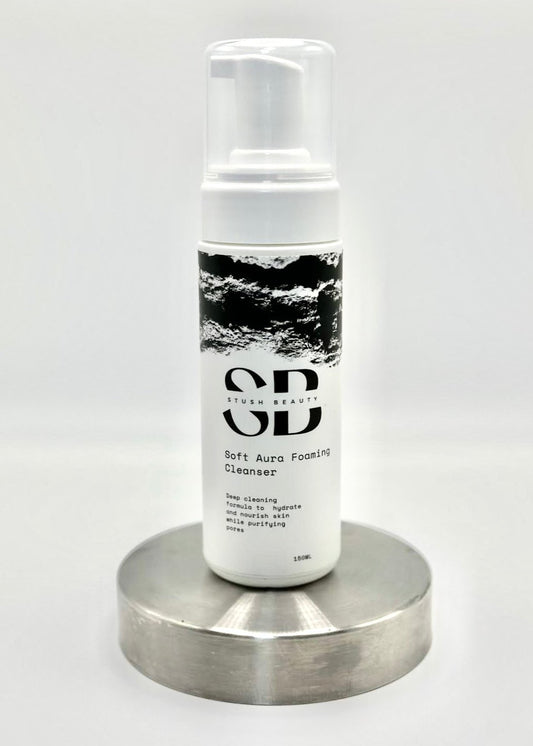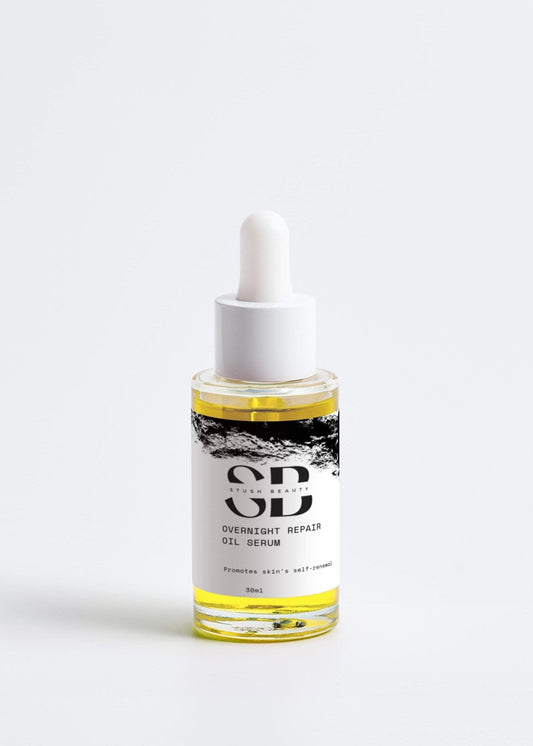Both Europe and the United States aim to keep cosmetics safe, but the roads they take couldn’t be more different. The European Union relies on a precautionary, pre-market framework, complete with explicit banned and restricted ingredient lists and a named Responsible Person for every product. The U.S., in contrast, has historically depended on post-market enforcement. The 2022 Modernization of Cosmetics Regulation Act (MoCRA) represents the most significant U.S. update in decades, yet it still falls short of Europe’s front-loaded safety model. Understanding this gap can change how you shop, especially if your skin is sensitive or melanin-rich. Here’s how to approach skincare with confidence in 2025.
EU vs. U.S.: What the Rules Actually Require
In the EU, cosmetics are governed by Regulation (EC) No 1223/2009. Before a product can reach the shelves, a Responsible Person must assemble a Product Information File (PIF), which includes a Cosmetic Product Safety Report (CPSR), toxicological profiles of ingredients, stability and microbiological data, and proof of Good Manufacturing Practice. Products and ingredients are notified through the Cosmetic Products Notification Portal (CPNP). Nanomaterials require separate notification, typically six months pre-market, and may trigger additional safety reviews.
Ingredient controls in Europe are explicit and highly structured. Annex II lists over 1,600 banned substances, while Annex III sets restrictions with concentration limits, usage conditions, and warnings. Positive lists for preservatives, colorants, and UV filters help streamline safe formulation. Fragrance allergen transparency has expanded well beyond the original 26 allergens, with dozens more required to be disclosed on labels, often with long sell-through periods. Recent high-profile decisions underscore the EU’s precautionary approach: methylisothiazolinone (MI) is banned in leave-ons and restricted in rinse-offs, the fragrance Lilial is prohibited, zinc pyrithione has been removed from cosmetics, and the 2023 microplastics restriction under REACH phases out intentionally added microplastics across multiple product categories.
The U.S., on the other hand, has long operated under a general safety standard within the Food, Drug, and Cosmetic Act. There is no routine pre-market approval for most cosmetics, with color additives being the primary exception. Sunscreens are regulated separately as OTC drugs, which helps explain why the U.S. filter palette lags behind Europe’s. Only zinc oxide and titanium dioxide are broadly recognized as GRASE without additional data, whereas many modern European filters are not yet approved for U.S. use.
MoCRA changes the landscape significantly. Companies must now register facilities and list products with the FDA, maintain safety substantiation, and report serious adverse events within fifteen business days. Good Manufacturing Practice rules are forthcoming, and the FDA now has mandatory recall authority. MoCRA also directs the FDA to propose standardized talc/asbestos testing and fragrance allergen labeling—both firsts for the U.S. While the agency has exercised some flexibility as rules are finalized, the trajectory is clear: more documentation, more traceability, and stronger oversight.
Why This Matters in Real Life
The differences between pre-market and post-market controls are more than bureaucratic—they affect your daily skincare choices. EU products typically undergo formal safety assessments before launch, restricting or banning potentially harmful substances through Annexes. In the U.S., even post-MoCRA, the model relies more on post-market monitoring and company-held safety substantiation. This means that European products often arrive with a higher level of documented scrutiny.
Ingredient availability is another factor. The EU’s extensive UVA filter palette allows for high UVA protection with textures that feel elegant on the skin. In the U.S., the narrower selection can make it harder to find high-UVA sunscreens that are cosmetically pleasant—a key consideration for those managing hyperpigmentation or melasma.
Allergen transparency also differs. European labeling requires disclosure of specific fragrance allergens above low thresholds, helping users avoid triggers that can cause post-inflammatory hyperpigmentation. In the U.S., fragrance labeling is still under development, and “fragrance” remains a combined term.
Even contaminant management is impacted by regulatory differences. Europe maintains explicit impurity limits and frequent safety opinions through the Scientific Committee on Consumer Safety (SCCS), creating a tight feedback loop between risk assessment and market action. In the U.S., MoCRA’s talc-testing initiatives and high-profile benzene recalls in aerosols show that progress is underway—but careful quality systems are still crucial.
PFAS, Talc, Benzene, and the Headlines You’ve Seen
Concerns around PFAS, talc, and benzene have made the news, and for good reason. PFAS, or “forever chemicals,” are under evaluation in Europe through REACH for broad restrictions across cosmetic categories. In the U.S., federal action is evolving, but states like California are implementing bans starting in 2025, with others phasing in restrictions over the decade. While policies finalize, consumers can scan labels for “perfluoro-” or “polyfluoro-” to avoid intentionally added PFAS.
Talc remains lawful in both markets, but asbestos contamination has prompted increasing scrutiny. The EU mandates purity specifications, while MoCRA directs the FDA to create modernized testing methods. If powders are part of your routine, talc-free options or brands publishing batch test results are a prudent choice.
Benzene is not a cosmetic ingredient, yet aerosol products such as sunscreens, dry shampoos, and deodorants were recalled from 2021 to 2023 due to contamination. Pumps, creams, and sticks generally pose lower risk while aerosol regulations catch up.
What This Means for Melanin-Rich and Sensitive Skin
Regulations aren’t just red tape—they shape the experience of your skin every day. Visible light can worsen hyperpigmentation, and the EU’s broad UVA filter options, along with iron oxides in tinted mineral sunscreens, provide essential protection. Fragrance allergen labeling allows sensitive-skin users to avoid triggers, which is especially critical for deeper skin tones prone to post-inflammatory dark marks. Until U.S. allergen labeling is finalized, favoring fragrance-free face care or brands that disclose allergen breakdowns is a practical step.
A Smart, Safety-Forward Shopping Strategy for U.S. Consumers
You don’t need to memorize every EU regulation to shop wisely. If a product is EU-placed or formulated to EU standards, it already has a PIF and a Responsible Person behind it. Even U.S.-only products can be evaluated against EU Annexes, and many brands voluntarily align.
Transparency matters. Seek brands that publish preservative efficacy testing, stability data, micro-specifications, and batch testing for high-risk materials like talc, as well as PFAS-free statements. For aerosol products, look for propellant purity controls.
When it comes to allergen-light formulas, prioritize fragrance-free or low-allergen blends, particularly for face care. Watch for older preservatives like MI, MCI, and formaldehyde-releasing preservatives in leave-ons if you are sensitive. Effective barrier protection and gentle preservation often matter more than any single “free-from” claim.
Treat “clean” as a direction, not a definition. There is no legal category for “clean,” and a focus on barrier health, transparent labeling, and rigorous quality testing is more meaningful than long “no” lists.
Sunscreen remains a cornerstone. Mineral filters are the simplest route to high UVA coverage in the U.S., and a tinted mineral sunscreen with iron oxides provides an additional layer of defense against visible light—a small but powerful step for even tone.
Policy Shifts to Watch in 2025
Fragrance allergen labeling in the U.S. is developing to align with the EU’s transparency model. Standardized talc testing will establish clear benchmarks for asbestos detection. The first U.S. Good Manufacturing Practices rule is underway, formalizing sanitation, equipment calibration, training, complaint handling, and documentation. PFAS phase-outs are accelerating due to EU REACH action and U.S. state laws, leading to more PFAS-free reformulations, particularly in long-wear and water-resistant products. Finally, sunscreen modernization and clearer UVA standards are on the horizon, even if the U.S. filter palette still lags.
How to Build a Routine That Sidesteps Common Pitfalls
Barrier health is your first line of defense. Well-hydrated, lipid-balanced skin reacts less to borderline ingredients and seasonal stressors. Gentle cleansers, humectants like glycerin and hyaluronic acid, and barrier lipids such as ceramides, squalane, and shea are foundational.
Use actives with intention. Niacinamide and azelaic acid are effective for tone and clarity across all skin tones. Retinoids remain the gold standard, and the “moisturizer–retinoid–moisturizer sandwich” can help if you are sensitive. Keep exfoliation gentle; lactic or mandelic acids 1–2 times per week are sufficient for most people.
Practice cosmetovigilance at home. Track how your skin responds to new products, note batch codes, and report adverse reactions to brands and the FDA. Under MoCRA, your reports have a meaningful impact.
The Stush Beauty Edit That Aligns With Today’s Safety Priorities
The Soft Aura Foaming Cleanser ($34.99) delivers a plush, non-drying cleanse that respects your barrier and minimizes irritation—a smart first step when indoor air is dry or skin is reactive.

The Niacinamide + B3 Gel Moisturizer ($54.99) combines hydration and tone support in one step. Ideal for melanin-rich skin managing dark spots, or anyone looking for fewer steps with real results.

The Skin SOS Moisturizer ($48.99) offers aloe- and hyaluronic-powered comfort that locks in moisture overnight, keeping skin calm during seasonal shifts or travel.

Practical Label Cues for Your Next Shop
Fragrance-free face care is wise if your skin is reactive, leaving scented products for the body. Scan for MI, MCI, and formaldehyde-releasing preservatives in leave-ons if you have a history of dermatitis. If avoiding PFAS, watch for “perfluoro-” or “polyfluoro-” and select products that explicitly state PFAS-free. Pumps, creams, and sticks are safer than aerosols, and for powders, talc-free options or brands publishing asbestos-negative testing offer peace of mind.
A Calmer Way to Navigate the EU–U.S. Gap
Think of the EU as a strict syllabus and MoCRA as the U.S. catching up with better homework. You don’t need to memorize Annex numbers or regulatory timelines. Focus on transparent brands, barrier-first formulas, and daily sun protection that covers UVA and visible light if even tone is your goal. Regulation sets the baseline; your routine sets the tone. By keeping irritation low and hydration high, and building tiny, repeatable rituals, you achieve clear, even, resilient skin—no matter how the policy landscape shifts.




